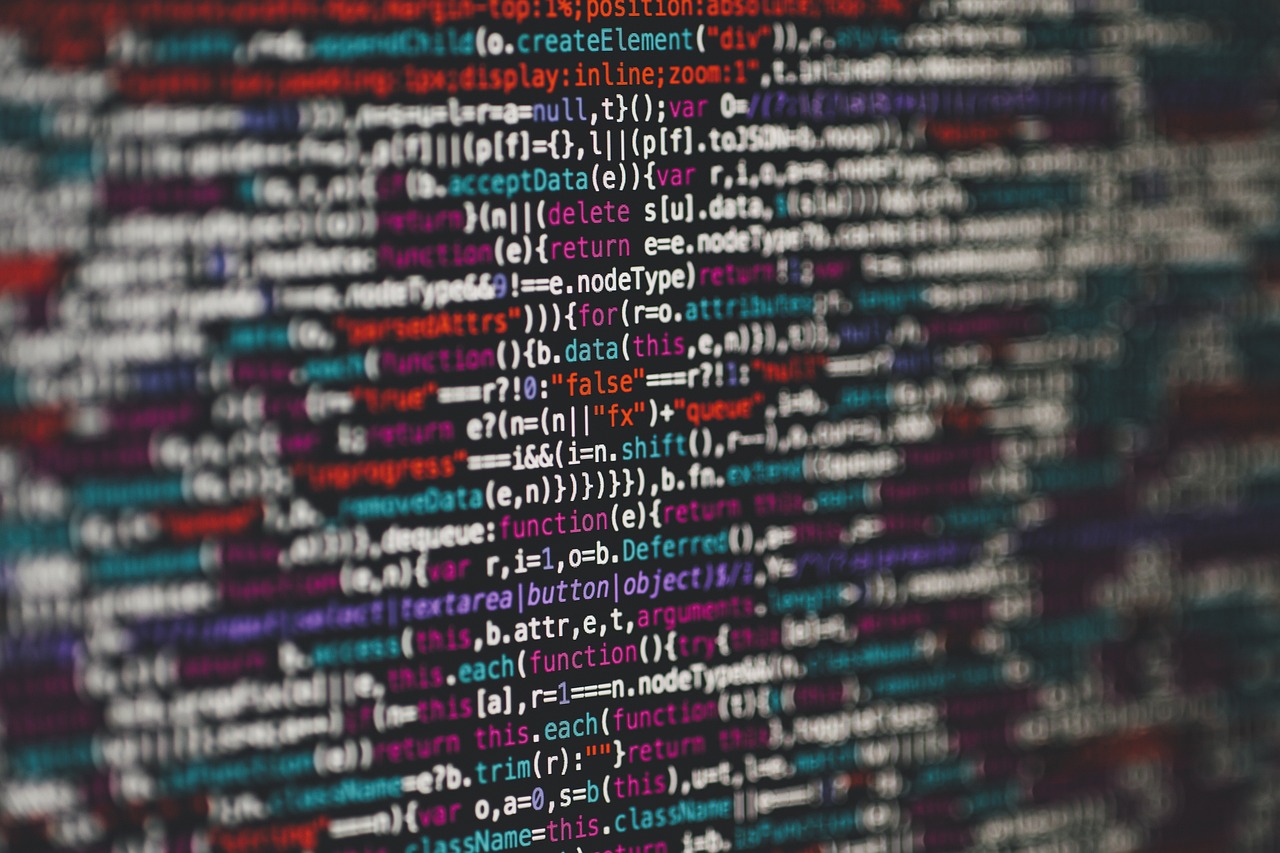The Future of Blockchain in Humanitarian Aid Distribution: Transparent Relief Efforts
Blockchain technology has the potential to revolutionize humanitarian aid distribution by increasing transparency, efficiency, and accountability. Through the use of a decentralized and secure ledger system, blockchain can help track donations, supplies, and transactions in real-time, reducing the risk of fraud and mismanagement. This transparency not only builds trust among stakeholders but also ensures that aid reaches those in need faster and more effectively.
Additionally, by automating processes and reducing the need for intermediaries, blockchain technology can lower operational costs in humanitarian aid distribution. Smart contracts, for example, can be programmed to trigger the release of funds or goods once certain conditions are met, streamlining the distribution process and minimizing delays. This efficiency not only maximizes the impact of aid but also allows organizations to allocate more resources directly to communities facing crises.
Benefits of Implementing Blockchain in Relief Efforts
Blockchain technology has the potential to revolutionize the field of humanitarian aid distribution. By utilizing blockchain in relief efforts, organizations can enhance transparency and traceability of transactions, ensuring that aid reaches those in need efficiently. The immutable and decentralized nature of blockchain can help eliminate fraud and corruption, ultimately boosting trust and accountability in the distribution process.
Furthermore, implementing blockchain in relief efforts can streamline operations and reduce administrative costs. Smart contracts can automate the verification and execution of transactions, cutting down on paperwork and delays. This efficiency not only promotes faster response times during crises but also allows aid organizations to allocate resources more effectively, maximizing the impact of their relief efforts.
What is blockchain technology?
Blockchain technology is a decentralized, distributed ledger system that securely records transactions across a network of computers.
How can blockchain technology be implemented in relief efforts?
Blockchain technology can be used to track and verify aid distribution, ensure transparency and accountability, and streamline the delivery process in relief efforts.
What are the benefits of implementing blockchain in relief efforts?
Some benefits of implementing blockchain in relief efforts include increased transparency, enhanced security, reduced costs, and improved efficiency in aid distribution.
How does blockchain technology ensure transparency in relief efforts?
Blockchain technology creates a permanent and transparent record of transactions, making it easier to track the flow of aid and ensure that it reaches the intended recipients.
Can blockchain technology help in preventing fraud and corruption in relief efforts?
Yes, blockchain technology can help prevent fraud and corruption by providing a secure and tamper-proof record of transactions, making it difficult for individuals to manipulate the system for personal gain.





